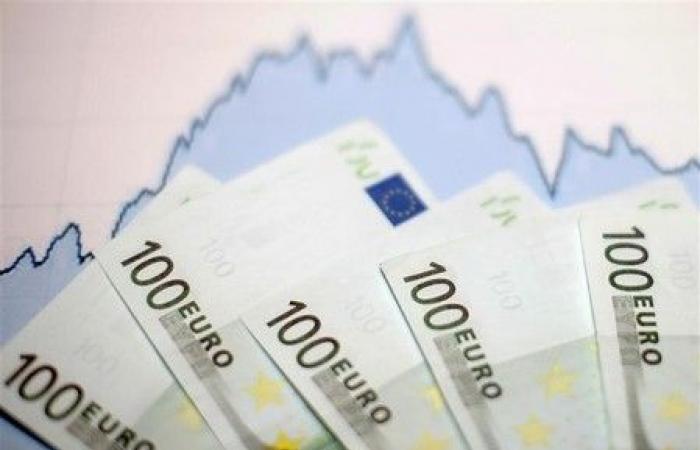New York (awp/afp) – The dollar resumed its relentless progression on Wednesday, thanks to a technical rebound, the appreciation of the American currency forcing several central banks to modify their monetary policy.
Around 7:25 p.m. GMT, the Dollar Index, which compares the greenback to a basket of six currencies, rose 0.44% to 106.675.
“We had a little bout of weakness on Monday, and it seems that traders are hunting for a good deal” and have gone back to buying, commented Matthew Weller of Forex.com.
“The dollar has been appreciating since the beginning of October, so we are just seeing a resumption of the trend,” continued the analyst.
“The guidance remains that of a stronger dollar, because the room for revising expectations for US monetary policy is greater than for other major economies,” Brown analysts said in a note. Brothers Harriman.
The central hypothesis of operators is moving closer and closer to a scenario including only two cuts in the key rate of the American central bank (Fed) by the end of 2025.
The market has already undergone a brutal recalibration, because the trajectory favored by these same participants two months ago anticipated at least six blows over the same period.
Fed Governor Michelle Bowman argued Wednesday that “progress” on the inflation front “(seemed) to stall in recent months.”
“I see more risks for the part of our mission which concerns price stability” than for employment, she continued, during a speech in West Palm Beach (Florida).
The resilience of the economy, the persistence of inflation and the prospect of a new term of Donald Trump likely to revive prices work in favor of a dominant dollar.
For Matthew Weller, the strength of the “greenback”, nickname of the United States currency, is something “that other central banks must keep in mind”, “it has an effect on their economies.”
On Wednesday, the Indonesian central bank kept its main key rate unchanged at 6% for the second time in a row, after a first reduction in September.
In support of her decision, she cited “political developments in the United States”, which could lead to an increase in American budgetary spending and “an inward-looking policy”.
“These developments will weigh on the risk of seeing global economic growth slow and inflation pick up,” she warned.
“Downward pressure on several currencies is increasing,” Bank Indonesia members continued. “A tightening of (monetary) policy is necessary to resist the negative effect on emerging countries, including Indonesia.”
On Tuesday, the Paraguayan BCP and the Hungarian MNB also chose the monetary status quo. Since the election of Donald Trump as American president, Romania and Uruguay have also maintained their rates at the same level.
Cours de mercredi Cours de mardi 19H25 GMT 22H00 GMT EUR/USD 1,0538 1,0596 EUR/JPY 163,62 163,87 EUR/CHF 0,9315 0,9349 EUR/GBP 0,8332 0,8354 USD/JPY 155,28 154,66 USD/CHF 0,8841 0,8824 GBP/USD 1,2646 1,2682
afp/rp






